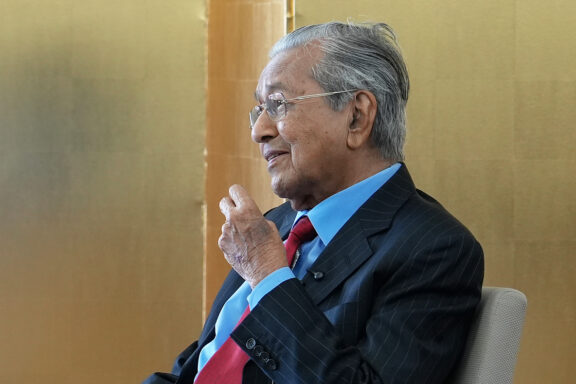Kimiya Kitani (Assistant Professor, CSEAS Kyoto University)
The SEASIA (Consortium for Southeast Asian Studies in Asia) is an international consortium of leading research institutions in Northeast and Southeast Asia. Since SEASIA’s establishment in 2013, CSEAS, together with other member organizations, has been actively involved in its activities and operations, including the consortium’s biennial international conference.
The 5th SEASIA Biennial International Conference “De/Centering Southeast Asia” took place from July 18–20, 2024 at the University of the Philippines Diliman. This year’s conference received more than 500 submissions from 190 institutions in 32 countries, and 212 presentations were selected from among them.1
On the final day of the conference, I, together with Affiliated Researcher Kamiya Toshiro, presented “Database Framework for Small-scale Datasets: Some Cases on Field Survey Data Collected in Area Studies in Southeast Asia” for the panel “Politics and Social Media.”

Building a small database using a cloud system
How can area study researchers store and publish data collected in field surveys as a database? Individual researchers usually handle hundreds to thousands of pieces of data. This amount is too small to apply the latest digital technology used for so-called big data. However, building a database on your own is costly and difficult to maintain. At the same time, when trying to extract data from an old database to transfer it to a new system, if the storage method is outdated or has been discontinued, the data will not be usable.
In our presentation, we introduced a scheme for building a database for “small data,” as well as examples of small data sets that use a common cloud system (Google Workplace in this study). We also introduced several CSEAS databases as examples, such as: the Southeast Asian Periodicals Database, the Hanoi Old Quarter Temple and Shrine Rubbings Database (under development), the Chùa Cảnh Phước / Wat Samananam Borihan Temple Materials (Chinese Characters and Buddhist Canon) Database (under development, with some of the meta information and image data available on the Kyoto University Rare Materials Digital Archive), and the Thai Database of Three Seals Law: Thammasat University Edition (Migrated Edition: Scheduled for transition in the future).
Replying to a question from the floor about using a cloud system instead of open-source software, I explained that using the cloud has great advantages in terms of both cost and maintenance. The programming language is also relatively simple, lowering the barrier to operation.
Sociolinguistic dynamics revealed through metadata
In the latter half of our presentation, Kamiya provided a detailed examination of the Southeast Asian Periodicals Union Catalog Database, its operation status, and examples of analytical research using the database. Periodicals (especially those in local languages) are essential for conducting area studies. In addition, the registered metadata (bibliographic information) itself also provides various insights into publishing trends and linguistic dynamics in Southeast Asian countries. For example, the bibliographic information shows that most publications for the Shan ethnic minority of Myanmar are published within Myanmar. In contrast, most publications for the Hmong ethnic minority of northern Vietnam are published in the United States. This reflects the history of Hmong refugee migration to the United States after the US military withdrew from Vietnam in 1975 and the subsequent building of Hmong communities in states like Minnesota and California. Based on an analysis of this example, Kamiya demonstrated that databases can be used not only as a system for collecting materials, but also as a tool for understanding ethnic minorities and their sociolinguistic dynamics.
Fruitful Visits toward Collaboration with University Libraries in the Philippines
Taking advantage of the opportunity of our stay in Manila for the conference, I, Kamiya, and Assistant Professor Minami Tosa, the new director of the CSEAS Library (since July 2024), made courtesy visits to the University Library and the Asian Center Library of UPD, the host institution of the conference, as well as the Rizal Library of the nearby Ateneo de Manila University. We exchanged opinions with the vice directors, librarians, researchers, and ICT managers of each library.
During the meetings, we explained our current project, “Selection and Evaluation of Core Journals (academic journals considered important for advancing research).” The university officials generously offered to share their data with us to expand the database. These were meaningful visits that give us hope for furthering our collaboration.


Notes
- For the post-event report, see the SEASIA website: https://seasia-consortium.org/20240726-3/ ↩︎
- Photos of the visit to the University of the Philippines Diliman Library were posted on its Instagram feed. ↩︎
This article is also available in Japanese. >>
「地域研究における研究データ管理システムと機関横断型
プラットフォームの構築に向けて」(木谷公哉)





